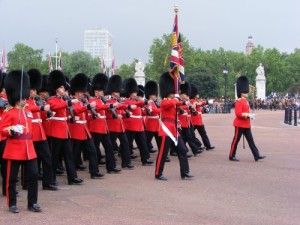It’s been a while since I last updated this blog, 3 months! In internet terms, that might as well been a lifetime. Here’s a quick snapshot of what I’ve been up to, not that anyone is particularly concerned…..
i) My little tea biz
– most of my blogging is done on the company’s tea blog but even that has slowed down. From 5 times a week, to 1 to 2 times a week.
There are three main reasons for that. Firstly, if you look at the latest articles, there is more research entailed, not that I used to write off the top of my head, but the latest ones are deeper and lengthier. And more time consuming to write. That is a change of direction on our part.
The second and third reason are the same as why this blog has slowed (virtually stalled)
ii) My tea books
The wonders of self-publishing!
Instead of worrying about getting published, e-books puts the emphasis back on writing, at least for the budding writer.
In fact I am writing 2 tea e-books. Initially, I started with a book on oolong, with information researched and culled from more than 20 Chinese publications, encompassing classification, more than 20 varieties of oolong, history, science and the like. That is still on-going, targeted completion end of 2014.
However, I realized that it might be more specialized and deeper than the casual tea drinker would be interested in. Then, the idea of a mini e-book was conceived.
Diary of a Tea Fanatic: From Introduction to Obsession in 30 days
It would be written in 30 digestible entries- focusing on practical and relevant topics like an overview of tea, introduction of each of the 6 major categories of tea, step by step brewing guides for all major categories of tea, introduction to tea wares, storage and selection guide, 30 entries that are targeted to help a new tea drinker (as well as intermediate ones) get started on the tea journey.
That is something I am targeting to complete by 2Q or 3Q this year.
iii) Other Writing Projects
Apart from trying to keep my tea shop afloat and the tea writings, I have other (read: non-tea) writing projects on hand. That is keeping me quite busy. If the Lord wills, those projects come to fruition, at least the way I had hoped it to be.
What does it mean for this blog?
That is not to say that this blog will die a natural death, it might, but as of now it is entirely ad-hoc, if something tea related strikes me, like Detective Dee for example, then I will write something here, but there would not be a concerted effort to come up with material. (What you think bloggers make things up from air? There is effort!)
I would update on the various books/projects here though.
Cheers








